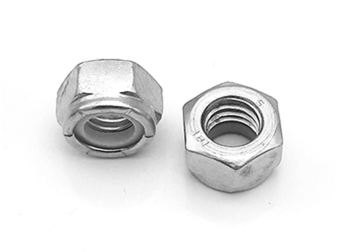Dec . 04, 2024 05:24 Back to list
Dealing with a Damaged Screw Head in Your Project
Dealing with a Stripped Screw Head Tips and Techniques for Repair
Stripped screw heads are a common frustration in many DIY projects and repairs. Whether you're assembling furniture, fixing appliances, or working on automotive projects, encountering a stripped screw can halt your progress and test your patience. However, with the right knowledge and tools, you can effectively deal with this issue and get back to your work.
A stripped screw head occurs when the slot or hex of the screw becomes damaged, making it difficult or impossible to turn with a screwdriver or wrench. This can happen for various reasons, such as using the wrong size or type of screwdriver, excessive force, or rust and corrosion that have compromised the screw. Fortunately, there are several techniques you can employ to remove a stripped screw.
1. Assess the Damage
Before attempting any removal method, take a close look at the screw head to evaluate the extent of the damage. If it's only slightly stripped, you may be able to use tools like rubber bands or superglue to create friction. However, if the screw head is significantly damaged, you may need to resort to more aggressive techniques.
2. Rubber Band Method
One of the simplest and most effective methods for removing a stripped screw is using a rubber band. Place a wide rubber band over the stripped screw head, ensuring it covers the area completely. Then, insert your screwdriver into the rubber band and turn it slowly. The rubber will provide additional grip, allowing you to remove the screw without slipping.
3. Superglue and Screwdriver
If the rubber band doesn't work, you can try applying a small amount of superglue to the tip of your screwdriver and then positioning it into the stripped screw head. Hold it in place for a few moments while the glue sets (ensure that the glue doesn’t spread outside the screw head). Once it’s dried, carefully turn the screwdriver. This method can provide the necessary grip to turn the screw.
stripped screw head

4. Use Pliers
If the head of the screw is protruding enough, you might be able to grip it directly with a pair of needle-nose pliers or locking pliers (like Vise-Grips). Grasp the screw head firmly and attempt to turn it counterclockwise. This is particularly effective on screws that are not deeply embedded.
5. Screw Extractor Set
For particularly stubborn screws, consider investing in a screw extractor set. These specialized tools are designed for situations where screws are stripped or broken. The set typically includes various sizes of extractors that you can drill into the stripped screw to create a counter-thread, allowing you to remove it easily. Ensure you follow the kit instructions carefully to avoid damaging surrounding materials.
6. Drill It Out
If all else fails, drilling out the screw is the last resort. Select a drill bit slightly smaller than the screw shaft and carefully drill into the center of the screw head. Once the head is removed, you may be able to use pliers to remove the remaining screw shaft. Be cautious with this method, as it can damage the material surrounding the screw.
Conclusion
Stripped screw heads may be a nuisance, but they are not insurmountable obstacles. By assessing the damage and employing one or more of these techniques, you can effectively remove stripped screws and continue with your projects. Always remember to use appropriate tools and take your time to prevent further damage. With patience and persistence, you’ll turn that frustration into a successful repair!


